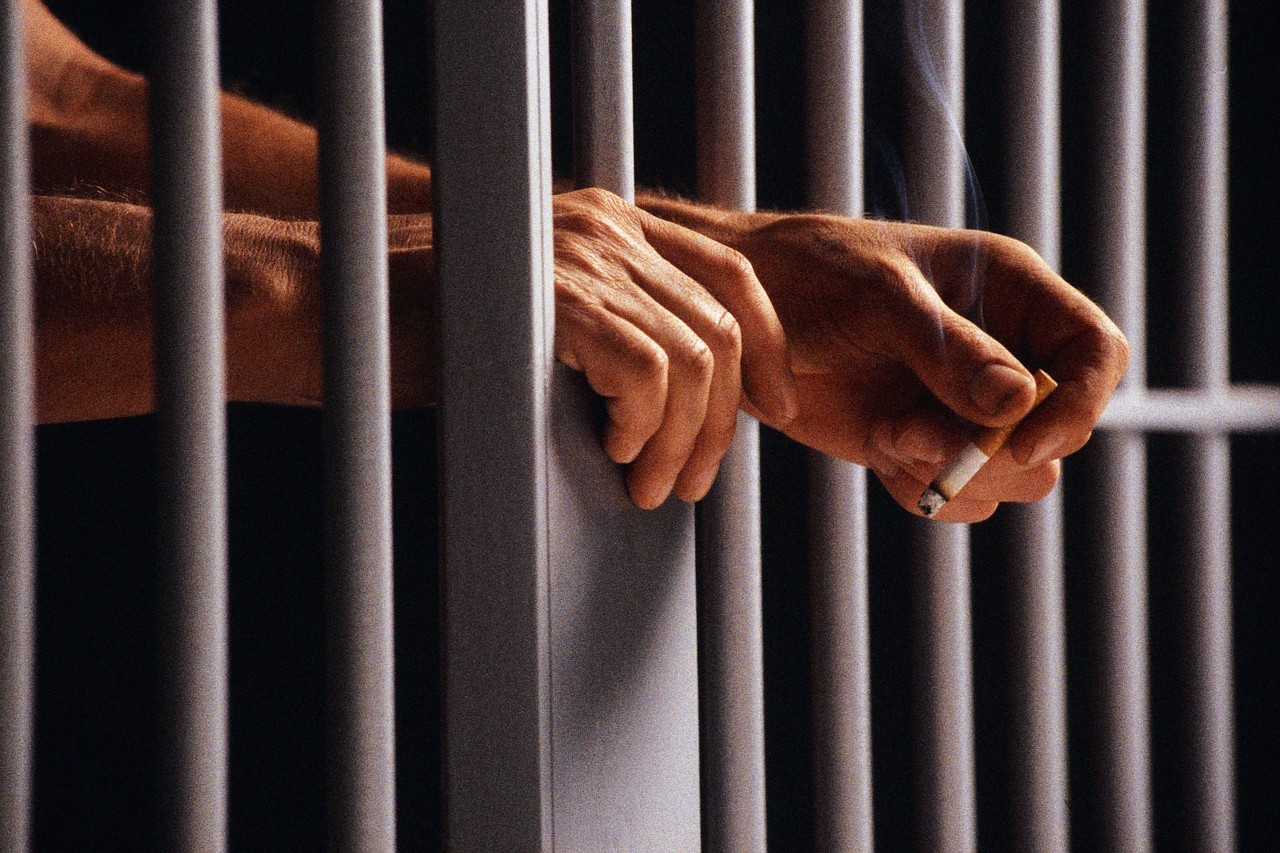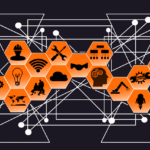
Technological innovations are transforming a number of industries and services and prisons are no exception to this. The nature of prisons has changed dramatically and continues to do so as time goes on. Whereas prisons were once designed with little care or thought for the comfort and safety of inmates, it is now becoming increasingly recognized that such institutions are not very effective at rehabilitating offenders.
Technology has been used to not only help prisons to run more efficiently and securely but also to improve the level of safety for both inmates and employees. Below are just some of the new technological innovations which are transforming the way that modern prisons operate.
WANND
The WANND is a handheld device which is designed to detect makeshift weapons on inmates. While the manufacturers have been somewhat cagey about exactly how the device works (in public anyway), it has been demonstrated at a number of trade shows and is seeing use inside prisons. All the reports available suggest that the technology works as advertised and provides a massive boost to guards’ sense of confidence and safety.
Pharmajet
Pharmajet is a revolutionary invention, which allows for injections to be given without the need for a needle. Instead, the device fires a pressurized burst of the substance to be injected with enough force that it penetrates the skin and enters the bloodstream. Even when all the necessary precautions are observed, injections using hypodermic needles carry the risk of infections and transference of blood-borne diseases.
Biometrics
Biometrics are becoming an increasingly common way of keeping prisons secure. Unlike a physical key card or set of keys, biometrics cannot be stolen. They require a fingerprint or iris scan to unlock doors and this also means that they cannot be realistically ‘picked’ or hacked by an inmate. Another advantage of biometrics is that they can be used to track inmates, for example, if the prison requires that an inmate use their thumbprint to open and close their cell door then the prison will know every time the inmate goes in or out of their cell.
RFID tracking
Radio frequency ID tracking is another system that more prisons are now adopting. There are a number of different options available on the market, such as the guardian RFID inmate tracker, and they all allow for very easy tracking of inmates and guards throughout a correctional facility.
Telehealth
Telehealth technology has been widely adopted in the Texan prison system, as it allows for the remote observation and monitoring of patients’ health by making use of advanced camera systems and complex algorithms, which allow the system to identify potential medical issues that a human doctor would struggle to diagnose from a simple visual examination. So far, the systems have not only saved lives in the Texas prison system but they have also saved prisons a considerable amount of money by cutting down on the number of doctors needed and spotting health issues without the need to run expensive tests.
Technology is playing an ever more prominent role in how our correctional facilities are run. The new technologies that are beginning to enter the system now offer us a glimpse of what the future of corrections might look like.








